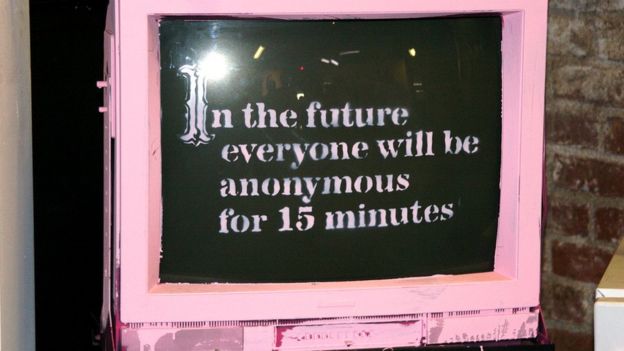
Schools and colleges in England have suffered the worst fall in spending since the depths of the 1970s, according to a report by the Institute for Fiscal Studies.
The IFS research into education spending says the government’s promised increases in funding will barely repair the squeeze endured since 2010.
The report found that adult education, further education and skills spending on young people have been hardest hit by austerity since 2010, with spending on classroom-based adult education or apprenticeships down by more than a third since 2009-10.
The government has recently committed to increasing spending on schools in England, which the IFS calculates as amounting to £4.3bn extra a year by 2022. It said the extra money will “just about reverse” the 8% cuts in spending per pupil since 2009.
“Even so, an effective 13-year real-terms freeze will still represent an unprecedented period without growth,” the IFS noted, going back to “at least” the 1970s.
The analysis revealed that sixth form and further education colleges received some of the largest cuts across all areas of education over the last decade, and the extra funding promised from next year still leaves them with 7% less spending than 2010.
“The 2019 spending round provided genuinely substantial increases in school funding, enough to more or less offset all cuts since 2009. Of course, that still means no real growth in spending per pupil over a 13-year period,” said Luke Sibieta, co-author of the report and a research fellow at the IFS.
“The extra £300m for further education and sixth forms provides for a small rise in 2020 but at least a further £1.1bn would be required to fully reverse cuts since 2010.”
David Hughes, chief executive of the Association of Colleges, said the IFS report showed the reality of cuts experienced in further education: “The consequences of the decline in spending and real-term freezes has meant fewer adult learners, squeezed budgets and lack of resource to provide the skills the country needs.”
The Department for Education said its new funding was “the biggest cash boost for a decade”.
“The prime minister is clear that education is one of his main priorities, and we want a system that boosts productivity, improves social mobility and equips children and adults with the skills and knowledge they need to succeed,” a spokesperson said.
But Jules White, a headteacher in West Sussex who founded the Worth Less? campaign against funding cuts, said the IFS report made it clear that school budgets were in a critical position.
“Over the past decade, huge holes have also arisen in special educational needs and disability funding and wider support services for children,” he said.
“These issues and potential future cost pressures are making heads across the country feel very concerned that a very positive sounding announcement may not be as good as it first seemed.”
Paul Whiteman, general secretary of the National Association of Head Teachers, said: “This report shows just how much spending has been cut on preventive services for families. Schools are on the front line when it comes to helping families and dealing with children’s mental health and wellbeing.”
The IFS found that only spending on early years and higher education avoided the cuts seen elsewhere, with the spending on early years “increasingly skewed” towards childcare for working parents and away from supporting children in low-income families.
The IFS calculated that universities receive £27,500 per student for teaching, a 50% increase since a low point in the 1990s.
The IFS estimates that the current system costs about £17bn for each year of undergraduates entering university, with more than half of the cost recovered in loan repayments of £9bn, mainly from higher-earning graduates.
The long-run cost to the government is about £8bn for each year, including £7.4bn in unpaid loans and £700m in grants.
[“source=theguardian”]















 Student services company Chegg announced plans last week to acquire the online coding school Thinkful. To investors in the ed-tech space, the deal was not a surprising one — lots of ed-tech companies have been busy acquiring boot camps of late. Earlier this year, online program management company 2U snapped up Trilogy Education for a cool $750 million, and Zovio (formerly Bridgepoint Education) acquired Fullstack Academy for $17.5 million in cash plus 4.5 million shares of common stock.
Student services company Chegg announced plans last week to acquire the online coding school Thinkful. To investors in the ed-tech space, the deal was not a surprising one — lots of ed-tech companies have been busy acquiring boot camps of late. Earlier this year, online program management company 2U snapped up Trilogy Education for a cool $750 million, and Zovio (formerly Bridgepoint Education) acquired Fullstack Academy for $17.5 million in cash plus 4.5 million shares of common stock.





 With Reliance Jio introducing its JioFiber service, we are witnessing a similar trend in the industry that happened a couple of years ago with the arrival Jio mobile network services. Almost every player is introducing offers left right and center to counter JioFiber, which has become a major threat.
With Reliance Jio introducing its JioFiber service, we are witnessing a similar trend in the industry that happened a couple of years ago with the arrival Jio mobile network services. Almost every player is introducing offers left right and center to counter JioFiber, which has become a major threat.


